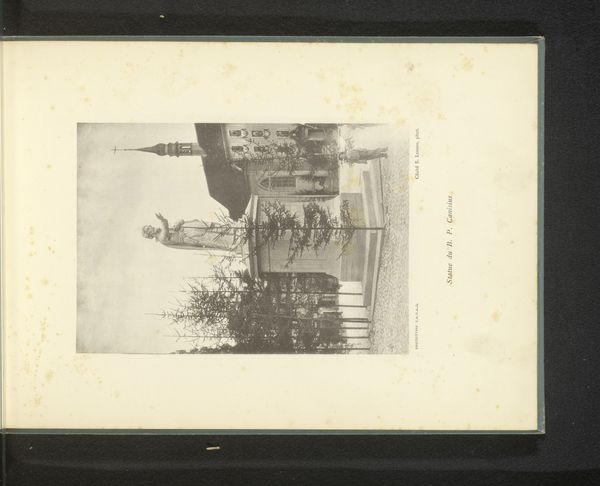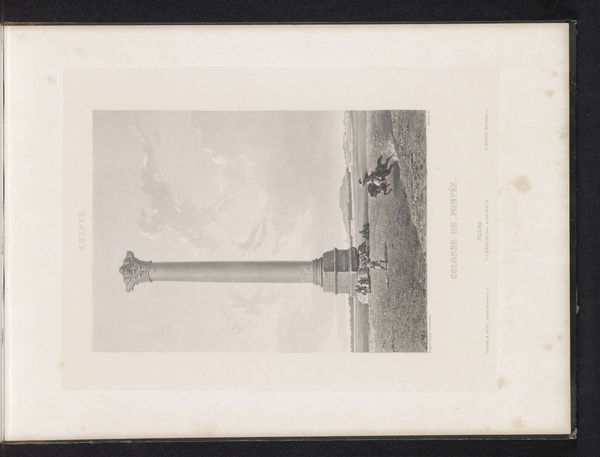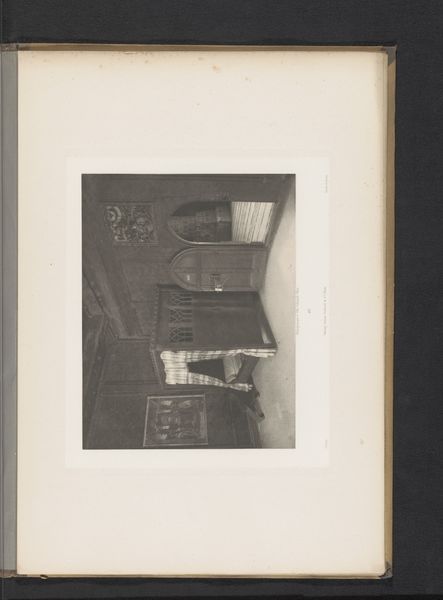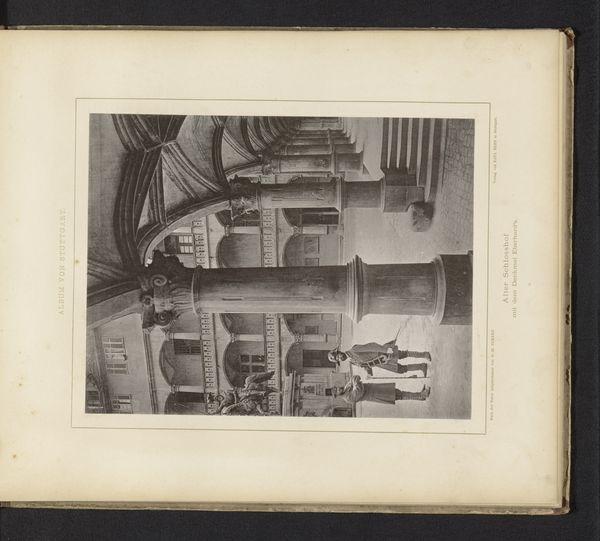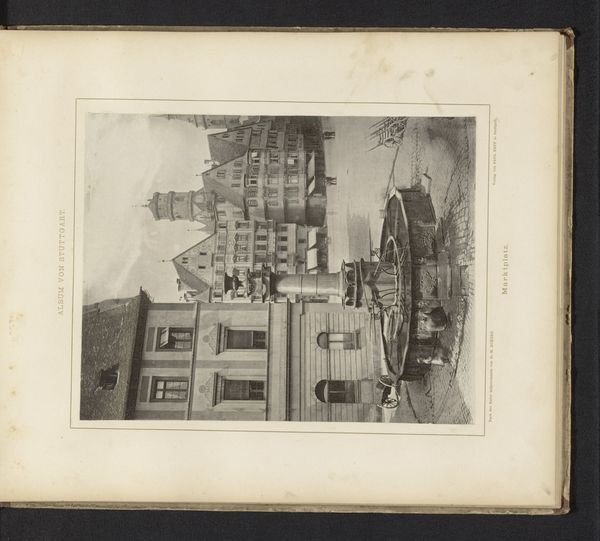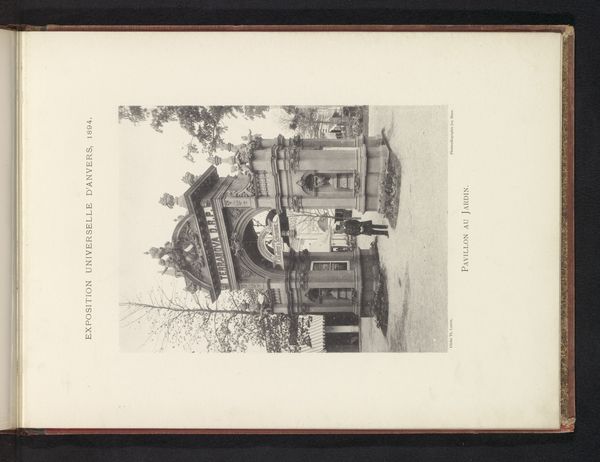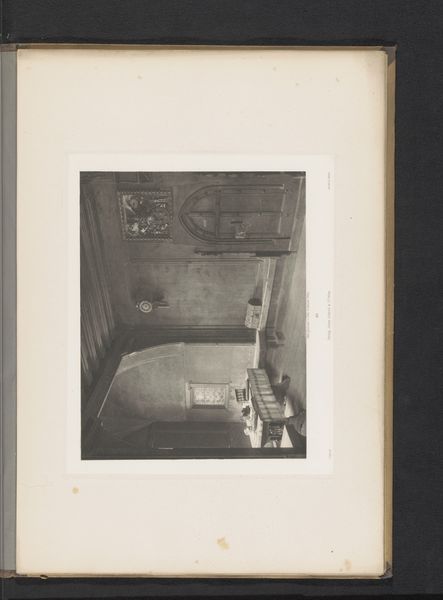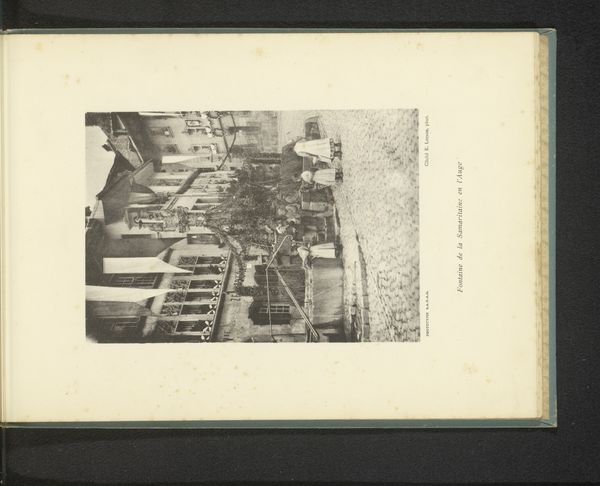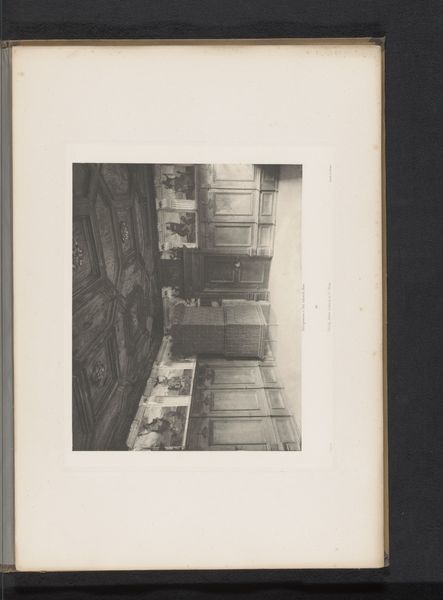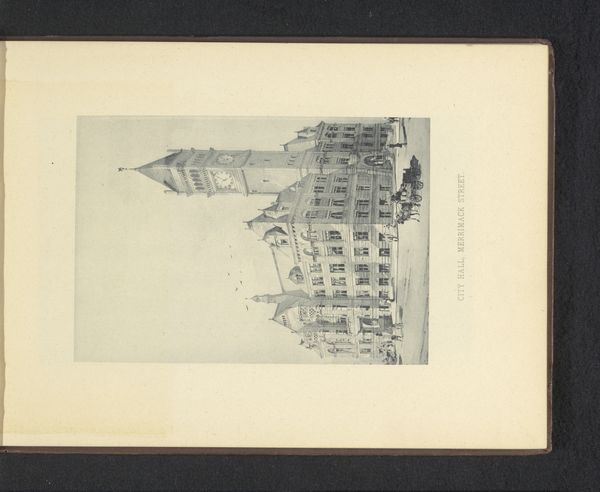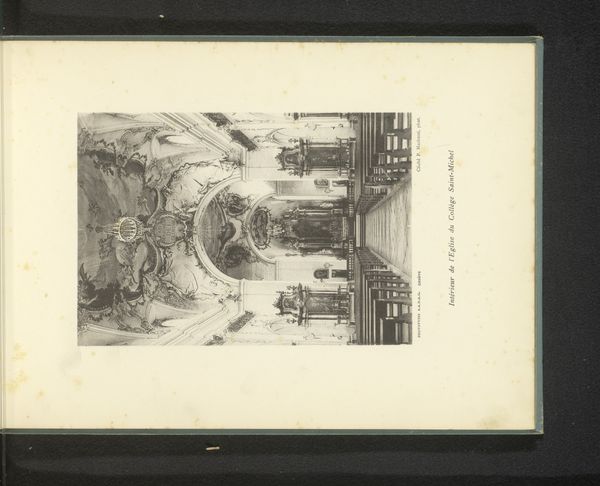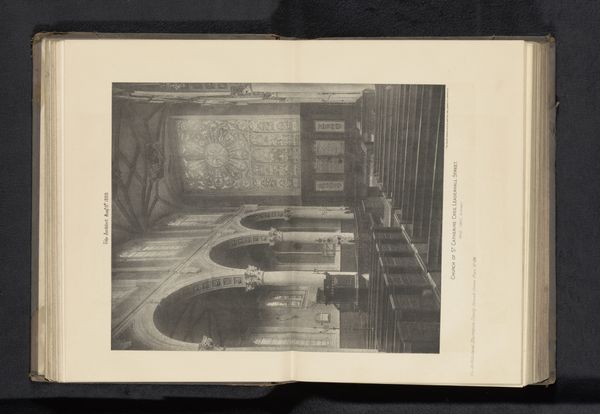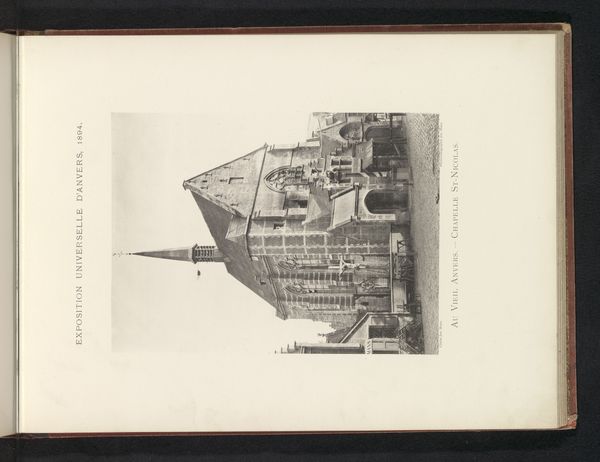
drawing, print, etching
#
drawing
# print
#
etching
#
landscape
#
form
#
romanticism
#
line
#
cityscape
#
street
#
watercolor
Dimensions: height 204 mm, width 152 mm
Copyright: Rijks Museum: Open Domain
Editor: This is "Gezicht op de Porte Noire te Besançon," made before 1841 by Johann Hürlimann, using etching. I'm struck by how the artist captures the depth of the city street using just lines and shading. What specifically do you see in terms of composition and technique? Curator: The print manifests a clear prioritization of form through meticulous linearity. Observe how Hürlimann orchestrates the spatial relationships. The imposing archway, the Porte Noire, functions as a frame within a frame. Note the gradations of light achieved solely through the density and variation of etched lines, creating both volume and atmospheric perspective. The very architecture speaks of balance between the dome on the left and the heavy details to the right. Editor: So, it's more about the formal arrangement of elements than representing the city accurately? Curator: Precisely. Consider how the medium itself, etching, informs our reading. The sharp, precise lines create a sense of order, while the absence of color shifts the focus toward the interplay of light and shadow, creating spatial and tactile awareness in the absence of either. Ask yourself, how does this choice of medium alter your perception of the cityscape? Editor: I see what you mean. The lack of color does draw my eye to the lines and the way they create depth. It’s a very constructed reality. Curator: Exactly! The artwork functions not merely as a representation of a place but as an exploration of form. I find it interesting the city feels constructed or imagined by use of solely an exact application of visual language such as line and tone. Editor: This has given me a new perspective on reading landscapes, looking beyond just the subject. Thanks! Curator: Indeed, understanding the artist’s choices helps us see past surface representation. I learned to consider line not just as outline but the form the subject took with a careful attention to visual form.
Comments
No comments
Be the first to comment and join the conversation on the ultimate creative platform.
